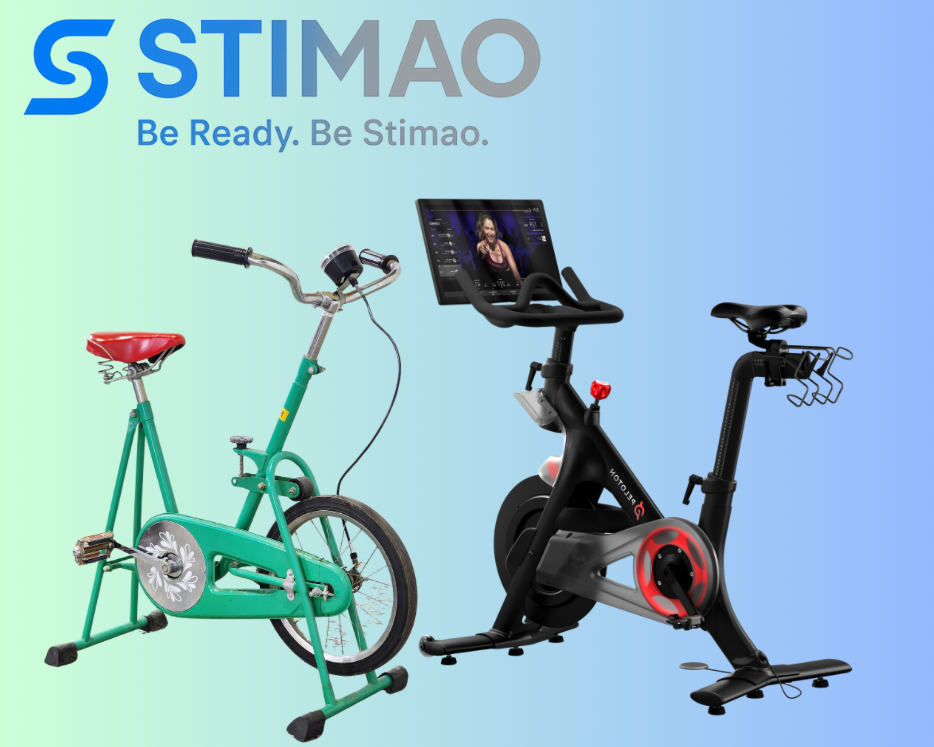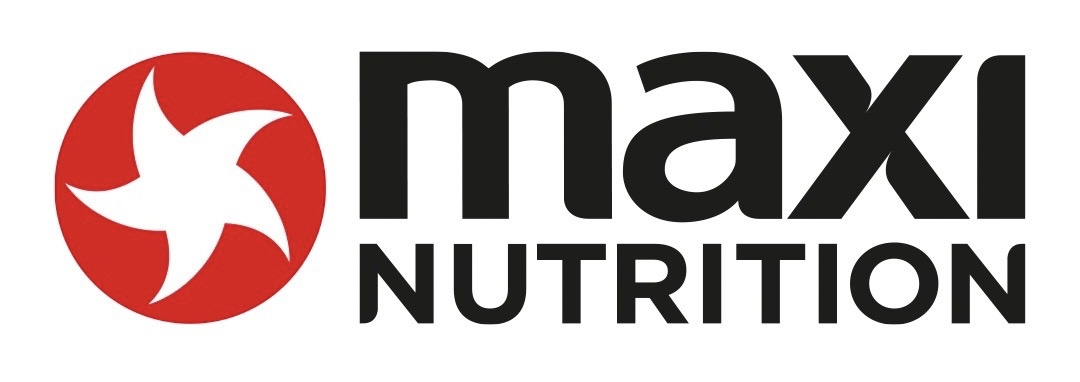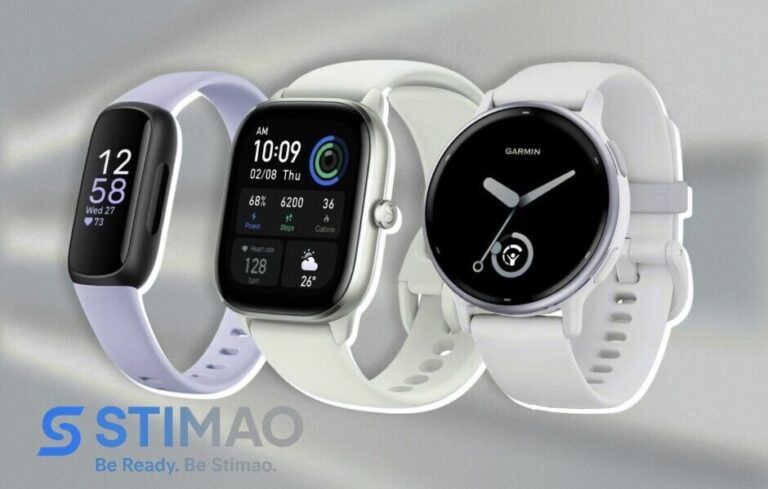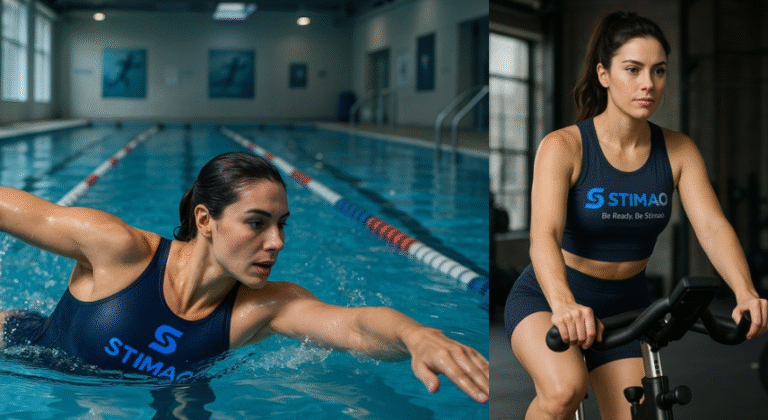
Way back, folks hauled stones and wooden blocks around to get those gains. Simple times, right? It was all about raw strength and endurance without all the fancy gadgets we get swamped with now. Think of it as the OG CrossFit, cavemen-style.
Fast forward a bit to the late 19th and early 20th centuries when pulley systems and basic weightlifting machines started popping up. This kicked off what you might call the ‘machine age,’ where gym equipment began to evolve into something more structured and reliable.
Remember the Nautilus Blue Monster from the ‘70s? This beast changed the game with its variable resistance design. All of a sudden, strength training had a scientific angle, making workouts both more effective and safer. Say hello to a time where gym equipment got personal.
From the ’80s onward, equipment started catering to all sorts of needs. Machines became specialized, offering everyone from beginners to seasoned athletes a chance to get fit in a way that suited their unique goals and body types. These machines were like personal trainers, just not as chatty.
Now we’re smack dab in the thick of a tech revolution. Smart, connected machines dominate gyms, and technology has thrown its hat into the ring in style. Fancy things like online workout plans and wearables are the rage. Virtual reality and AI? They’re transforming workouts, making them more personalized than ever.
What’s cool is looking at how today’s innovations give us a hard reminder of fitness history. The drive to customize and make workouts accessible has been around for ages; we’re just more tech-savvy about it now. Thanks to all these steps in gym equipment design, working out is more than just sweating—it’s a full-on layered experience enriched with tech.






